Should Children Wear Supportive or Minimalist Shoes? – Let’s Put an End to the Debate!
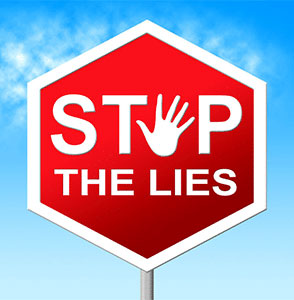
Should children wear supportive or minimalist shoes? I decided to write an article about this topic since I have been contacted by several parents who are confused about whether their children should wear supportive or minimalist shoes. There has been quite a bit of a debate about whether children should wear supportive shoes or shoes that provide minimal support such as minimalist shoes
From my experience fitting hundreds of kids, I have concluded that babies who are learning how to walk should go barefoot as often as possible for healthy foot development and wear shoes that imitate barefoot walking when going outside. On the other hand, toddlers and older children who are already walking should wear shoes that provide a stable base of support, while being lightweight and flexible at the same time.
I believe that shoes play a key role in keeping a child’s feet healthy, and there are certain shoe brands and shoe styles that are better than others in terms of comfort and support. However, whether your child needs to wear a pair of supportive shoes or not depends on the walking stage that your child is going through.
Babies Learning How to Walk – Shoes or No Shoes?
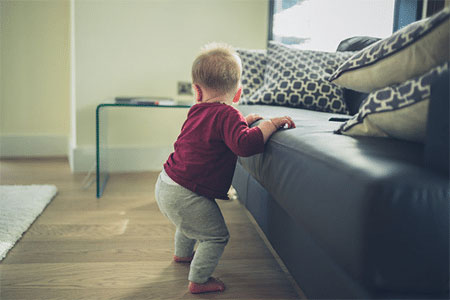
When children are learning how to walk, I recommend allowing them to go barefoot around the house for healthy foot development. Walking barefoot allows babies to properly develop the muscles and ligaments of the foot, increasing the strength of the arch of the foot, and contributing to good posture. At this stage, shoes start playing a role when parents take the baby outside, mostly for protection and warmth.
It is a fact that when babies are learning how to walk, barefoot walking has been touted as improving strength and balance while promoting a more natural walking style. However, you will need to consider the temperature of the surface on which your baby is walking.
It is really important for a baby who is learning how to walk to be able to feel the ground beneath their feet since this will promote good sensory development.
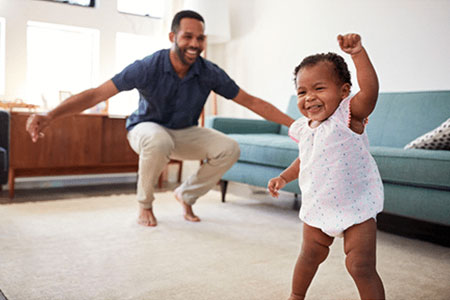
The type of shoe that you want to provide for your baby who is learning how to walk needs to be lightweight, soft, and flexible. The shoes should also come with sensory pods on the bottom to allow your baby to get a better feeling off the ground. This will help your baby feel more stable and confident when taking those first steps.
If you provide your baby who is learning how to walk with a pair of shoes that are too heavy and stiff, your baby’s muscles will not strengthen properly. You will also make it harder for your baby to learn how to walk.
In addition to being lightweight, flexible, soft, and providing sensory pods, your baby’s shoes must fit the shape of their feet perfectly. I have noticed how most babies tend to have wide or extra wide feet, so it’s important to find shoes that don’t pinch their toes.
I actually created an article that describes the best-fitting babies’ shoes that I have fitted before. These soft sole shoes are also available in different widths such as wide and extra wide.
As your child starts growing up, it’s important to make sure that you provide supportive shoes to reduce stress on the lower extremities.
Children Who Are Already Walking – Supportive or Minimalist Shoes?

If your child is already walking confidently and feeling stable, then I recommend wearing substantial and supportive shoes. Some parents want to know if I recommend wearing minimalist shoes. My answer is no; I believe that children need to wear shoes that help minimize the impact that their feet take when they come in contact with the ground. That being said, the shoes need to be supportive but lightweight and flexible at the same time, to promote healthy foot development.
There have been several cases where parents allow their children to go barefoot at all times no matter what type of weather or surface the child is walking on. In these types of situations, parents are putting their children at risk not just from developing foot and leg pain, but also from cutting and hurting their feet from stepping on a rock or a piece of glass.
Even the biggest proponents of going barefoot recognize that there are some places where children should probably wear shoes.
Of course, the ultimate decision is up to the parent, and if you believe that your child can benefit from going barefoot, I recommend implementing a “no shoes in the house policy”. This will allow your child to get that exposure to walking barefoot and allowing the feet to breathe, while still supporting the feet for most of the day when walking outside.
One of the biggest claims that barefoot walking supporters stand behind is how the foot of the child should not conform to the shape and constriction of the shoe, but rather be allowed to develop naturally. They claim that shoes can cause deformation, ingrown toenails, or athlete’s foot. I also have heard the argument that shoes prevent proper toe spread, which interferes with the foot’s ability to function properly.
The issue with this claim is that the theory it’s based on the assumption that the child will wear shoes that are the wrong size. It is true that if you fit your child in a pair of shoes that are too narrow or too wide, you will make your child more prone to developing an ingrown toenail, blisters, calluses or corns, as well as general foot and leg pain. This is why I am always emphasizing to parents to make sure that they provide their children with the correct shoe size, which involves getting the correct shoe length and the correct shoe width.
How to Retrieve Your Child’s Exact Foot Length and Shape
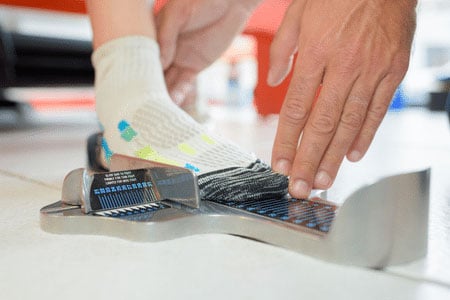
I always recommend parents take their children to a specialized children’s shoe store where a shoe fitter can properly measure their feet and find shoes that fit. However, most specialized children’s shoe stores have been closing down, and parents don’t know where to take their children to be properly fitted for shoes. Start by taking a look at a resource that will assist you in determining whether you have a good-fitting children’s local shoe store in your area.
If after looking at that resource you still can’t seem to find a specialized children’s shoe store in your area, take a look at an article that I created that describes the simplest, yet most effective way to figure out your child’s exact foot size from home.
In that article I help parents determine their child’s exact foot size and whether the child has narrow, medium, wide, or extra wide feet. I also will be able to tell you whether your child has a high instep or not.
Minimalist Shoes VS Supportive Shoes: Let’s Keep Your Kids’ Feet Healthy!
The main issue with this debate is that barefoot supporters are under the perception that all children’s shoes are stiff and rigid. I am a firm believer that as soon as the child learns how to walk, they should be wearing supportive shoes for most of the day. However, during my 10 years of experience fitting children’s shoes, I have never recommended a pair of shoes that were too rigid or too stiff.
There is a big difference between shoes that provide the correct amount of support and flexibility and shoes that are too heavy and too stiff. Children impose an enormous amount of stress on their feet and legs, and it’s important for them to wear shoes that minimize the impact that their feet and legs take when they come in contact with the ground.
I agree that children do benefit from barefoot walking, but as soon as they start getting older and involved in high-impact activities that impose an enormous amount of stress on their feet and legs, they need to wear supportive shoes.
I have heard claims from barefoot supporters about how our ancestors didn’t wear shoes, but they fail to address that our barefoot ancestors did not walk, run, or jump on smooth flat concrete or slippery tile.
Children impose an enormous amount of stress on their feet and legs, and the correct type of shoes is engineered to provide the support, motion control, and cushioning that minimize foot injuries associated with a particular activity.
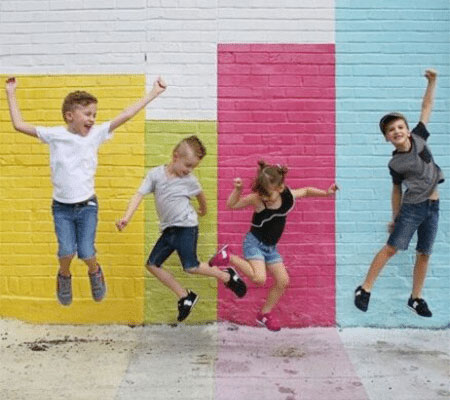
The Four Must-Have Features
These are the four most important features that the correct pair of shoes can provide:
1️⃣ Minimize the stress and impact that children impose on their feet and legs when running or jumping.
2️⃣ Prevent injuries by supporting and protecting the feet.
3️⃣ If your child has a foot condition such as flat feet, the correct pair of shoes can help realign your child’s body posture by helping your child walk and run straighter.
4️⃣ Improve your child’s stability.
I am going to leave you with an article that describes the best everyday shoes for toddlers and older children.
The fact is that shoes won’t weaken your child’s feet or make them more prone to injuries. If you have a child who has been experiencing foot or leg pain due to a particular foot condition such as flat feet, rolled ankles, low muscle tone, knock knees, overpronation, etc. you should know that most physical and occupational therapists recommend shoes to help reduce the pain and help strengthen the child’s feet and legs.
The correct pair of shoes can help your child walk straighter and relieve muscle pain by redistributing body balance. You will notice an improvement in your child’s body posture right away.
If you believe that your child might have a foot condition, please do not hesitate to contact me directly and I will help you find the correct pair of shoes and orthotics.


